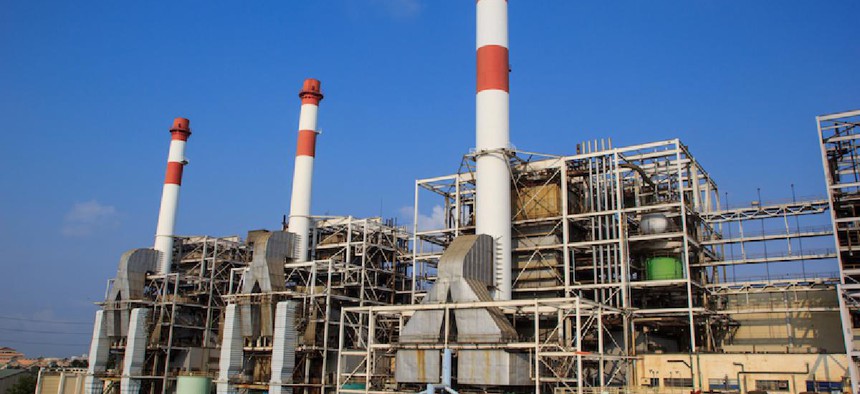Hurricane Maria’s pounding of Puerto Rico, Jose narrowly missing our coast and the devastating scenes from Texas and Florida are all sobering reminders to New Yorkers of how vulnerable we are to Mother Nature.
Not that we should need any reminders. It was just five years ago that Hurricane Sandy lashed our shores.
Sandy was a wake-up call – and unprecedented resources were spent here in anticipation of the next major event. But there is still much more to be done. And it is alarming that, the further New York gets from experiencing its own massive storm, the less urgency there seems to be to address remaining vulnerabilities.
We should be most concerned about our energy infrastructure. In the dangerous game of disaster roulette – when transmission lines, pipelines and power generators can be knocked out by a surge or gust – New York has not improved its luck much since Sandy.
RELATED: Learning from Harvey and Sandy
New York City requires about 11,000 megawatts of electricity at peak demand and more than 450 billion cubic feet of natural gas a year to function, and those numbers are increasing. A significant interruption of either of those supplies by a weather event, for even a short amount of time, could be catastrophic for New York’s economy and the safety of its residents.
In addition to storm safety concerns, there are everyday supply concerns as well. The Building Congress released a report in July, Electricity Outlook: Powering New York City’s Future, demonstrating an urgent need to invest in new generation and transmission capacity to provide sufficient electricity by 2021. That is the year the Indian Point nuclear plant is scheduled to close, which will reduce electricity supply by 25 percent and cut off a major energy artery.
Yet new projects that would increase electricity and natural gas supply while creating redundancy in case of disaster have not materialized quickly enough.
The good news is that there are a number of major energy projects beginning government review or nearing the final stage of that process. We must get them built.
Two vital transmission projects – the Champlain Hudson Power Express and the Empire State Connector – could deliver 1,000 megawatts apiece via underground connections within the next five years from Canada and upstate.
Four natural gas projects - Millennium, PennEast, Mountain Valley and Northeast Supply Enhancement – would also add to energy accessibility for the city via new routes. Northeast Supply Enhancement would deliver natural gas right to the city’s doorstep.
RELATED: Lessons of Superstorm Sandy have largely gone ignored
Those projects are especially critical because most of the city’s electricity is now generated by 24 power plants in the city itself – and those are fueled by natural gas from outside the city. It is also troubling though that more than half of those plants are more than 40 years old, and are likely to reach retirement soon. All of this at a moment when demand for natural gas has increased 25 percent over the past six years, according to Con Edison.
Post-Sandy, a lot of (necessary) attention has been given to our state’s long-term energy challenges, particularly the essential goal of sustainability and renewable energy. New York State has power generation goals for 2030; New York City has a 2050 plan.
That is laudable but, as the Building Congress report indicates, the threat is much more immediate. When it comes to the energy that sustains our city and the storms that could submerge it, it is no longer enough to think decades down the line. A 20-year energy plan is good; a two-year plan is needed.
As the tough recovery begins in Puerto Rico, and continues in Texas and Florida, and millions struggle without power because of drowned power plants and downed transmission lines, let us not forget another important lesson taught by the superstorm that tore through New York: we are our own cautionary tale.
We shouldn’t have to learn it again.
Carlo Scissura is the president and CEO of the New York Building Congress.


